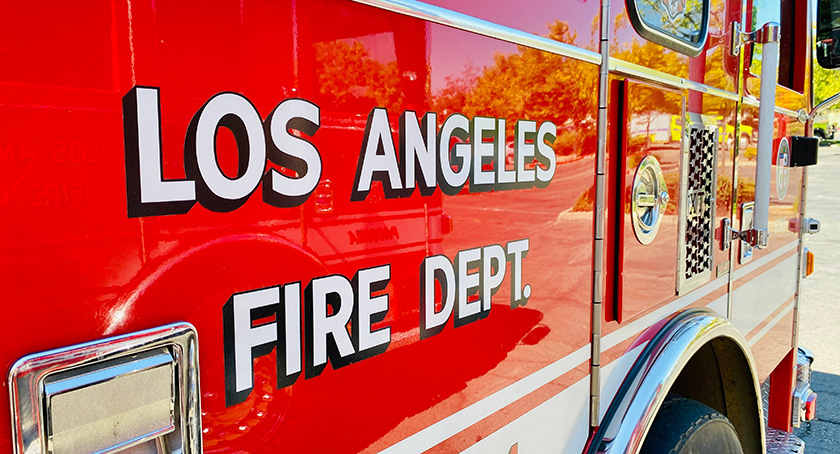Wildfire Survival: LA Influencer Unveils Critical Support Network for Survivors

At The LA Girl, our mission goes beyond storytelling—we're dedicated to being a lifeline for our beloved Los Angeles community during critical times. As wildfires continue to pose significant challenges across Southern California, we've made it our priority to be a reliable source of essential resources and real-time information.
Our commitment is rooted in supporting local residents by providing timely updates, safety guidelines, evacuation notices, and critical emergency resources. We understand that during these intense and often frightening situations, access to accurate and immediate information can make a crucial difference in protecting lives and property.
Through our comprehensive coverage and community-focused approach, we aim to empower Angelenos with the knowledge and tools they need to stay safe, informed, and resilient in the face of wildfire threats. The LA Girl stands with Los Angeles, offering a beacon of support and information when it matters most.

